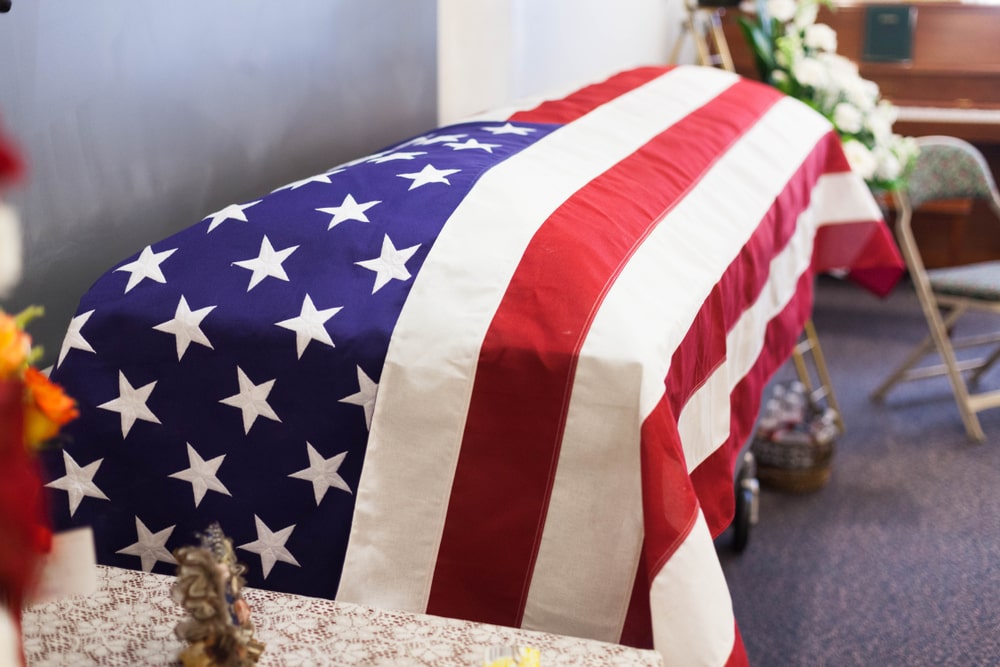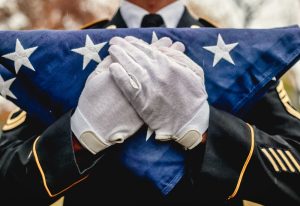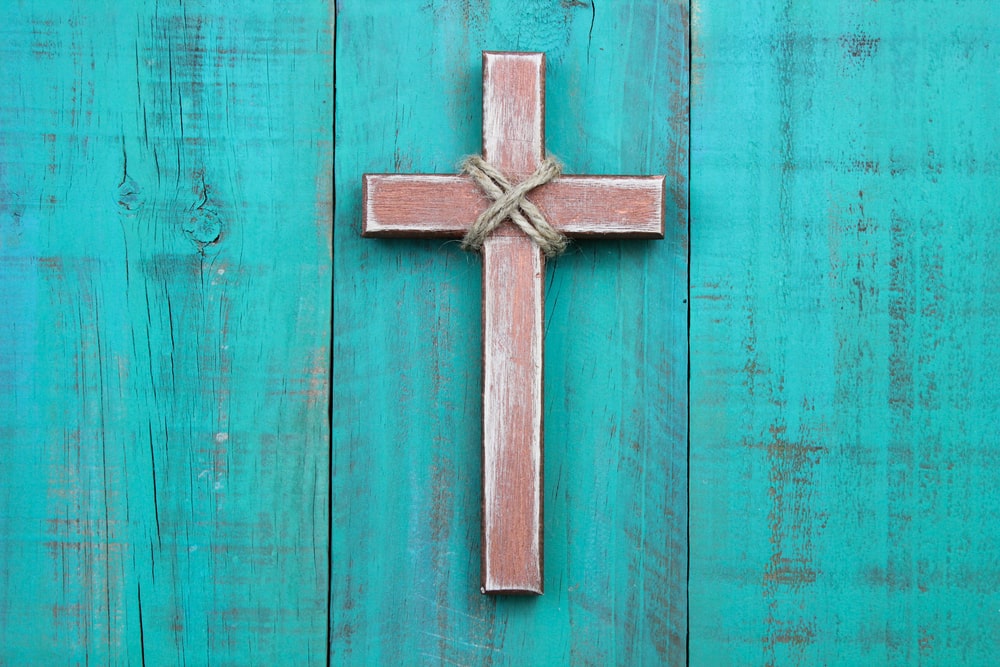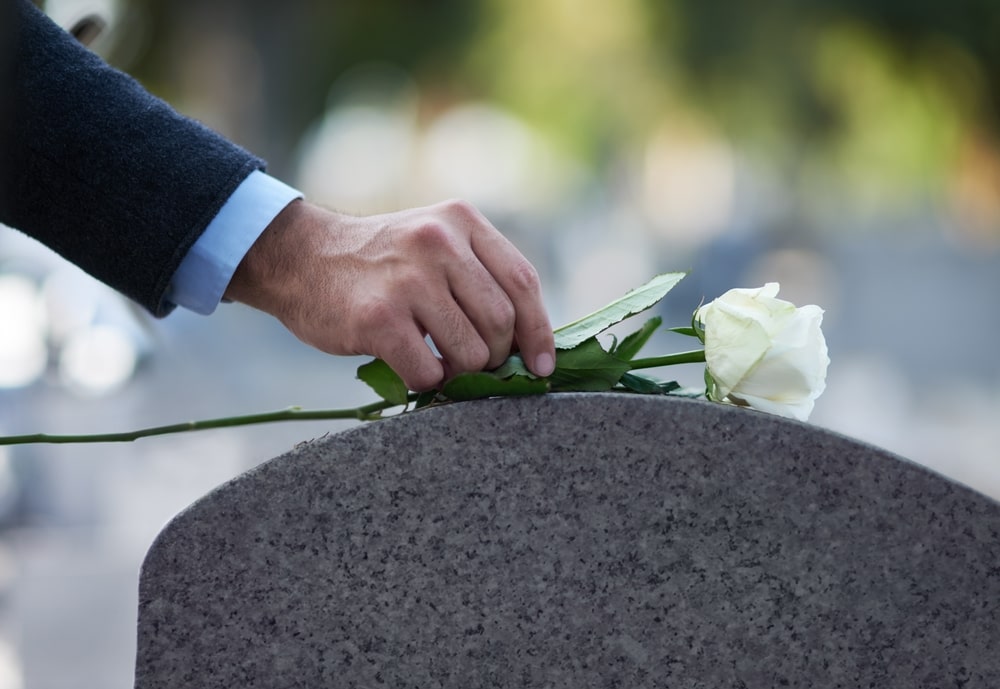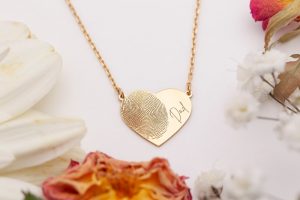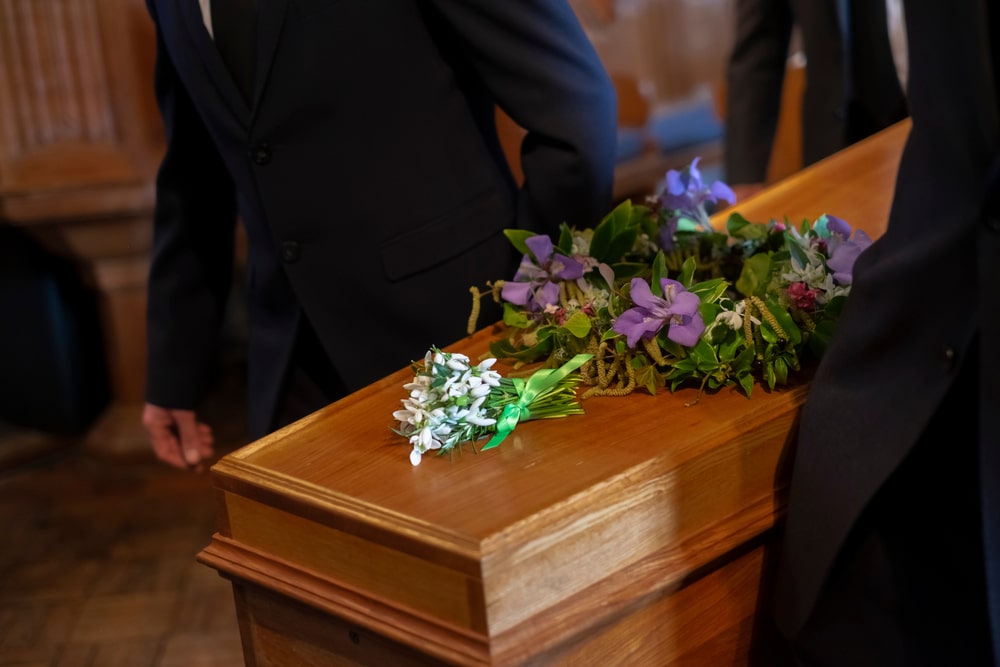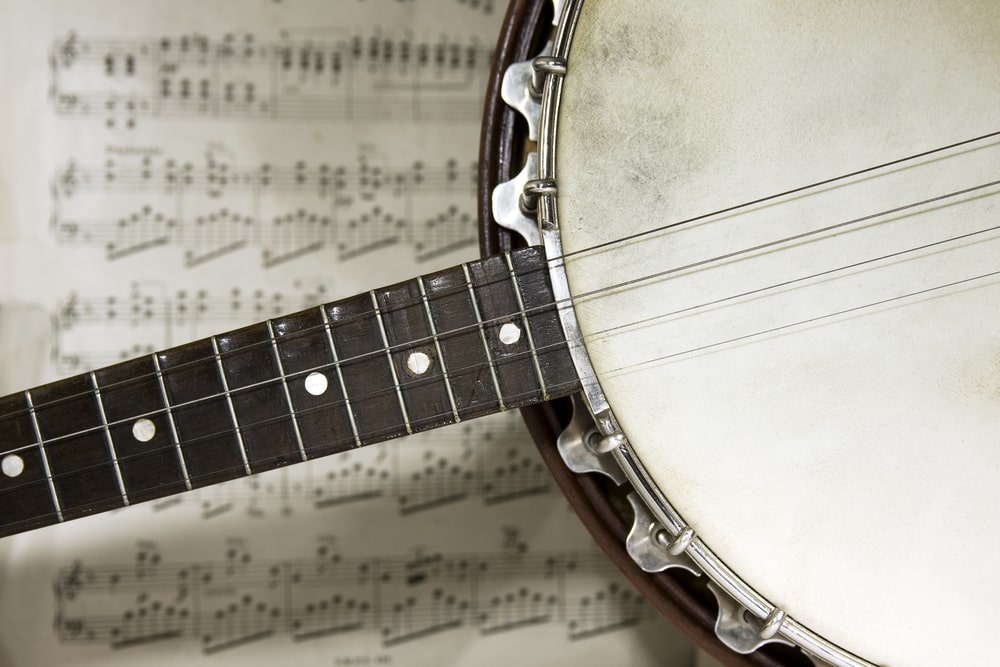

When it comes to planning a loved one’s celebration of life or final tribute, music plays a pivotal role. It sets the tone and invites people to express their emotions openly. To create a truly personal tribute, it’s important to choose songs that are meaningful or significant in some way. For those who grew up through the decade – or just love the music from that decade – here’s a list of 1980s songs to consider including at a loved one’s celebration of life.
1. Always Something There to Remind Me (Naked Eyes – 1982)
Oh, how can I forget you?When there is always something there to remind meAlways something there to remind me
An enduring cover of the original song, this 1980s version has become a true classic. As with many love songs, its focus on love, loss, and memory makes it an appropriate song for a funeral or memorial service. As the lyrics state, how can we ever forget those we love? We won’t and that’s as it should be. Those we have loved and lost will continue to live on in our hearts and memories for the remainder of our lives.
2. Time After Time (Cyndi Lauper – 1984)
If you’re lost, you can look, and you will find meTime after timeIf you fall, I will catch you, I’ll be waitingTime after time
Anyone familiar with the best jams from the 80s will know this catchy title. Cyndi Lauper’s first #1 hit in the United States, its message is both bittersweet and hopeful. For the grieving, its discussion of feeling confused, experiencing flashbacks, and having suitcases of memories may feel familiar. You may feel the same way. But as the song says, even when you’re feeling lost, you can find your loved one – look to your memories!
3. Endless Love (Diana Ross & Lionel Richie – 1981)
Ooh, yesYou will always beMy endless love
For those who are mourning the loss of a spouse or partner, this gorgeous song may be a worthy addition to a celebration of life. Not only does the music cascade around you and carry you with it, but its lyrics are unforgettable. Having an “endless love” is a beautiful thing and a true gift in this life. If that’s true of your relationship with someone, consider including this classic to honor and celebrate that love.
4. Wind Beneath My Wings (Bette Midler – 1988)
Did you ever know that you’re my heroAnd everything I would like to be?I can fly higher than an eagleFor you are the wind beneath my wings
Part of the soundtrack for the movie Beaches, this moving rendition highlights the relationships in our lives that make us feel encouraged, lifted up, and capable of so much more. Perhaps one of the most-played funeral songs, it’s perfect to honor a mentor, a parent, or someone who has been a constant source of love and support in your life.
5. Total Eclipse of the Heart (Bonnie Tyler – 1983)
(Turn around)
Every now and then
I get a little bit tired
Of listening to the sound of my tears
While this recognizable tune may seem an unusual addition to the list, it describes the grieving process very well. Sometimes, you will feel lonely, tired, nervous, or a bit terrified. You may occasionally feel like you’re falling apart. Just as the singer is experiencing an eclipse of the heart through the dissolution of a relationship, so are you – through the death of a loved one.
6. Goodbye My Friend (Linda Ronstadt & Aaron Neville – 1989)
So goodbye my friendI know I’ll never see you againBut the time together through all the yearsWill take away these tears
Though not Linda Ronstadt’s most well-known song, this one still hits the mark. It speaks about the unexpectedness of death but also how the good times – the cherished memories – will carry you through the grief journey ahead. In fact, it’s those memories and the love you shared that will take away the tears. With its focus on friendship, this song is a good addition to a final tribute for someone you considered a dear friend.
7. Who Wants to Live Forever (Queen – 1986)
And we can have foreverAnd we can love foreverForever is our today
A true legend, Queen produced music that still speaks to us today. With its ethereal and absolutely stunning sound, “Who Wants to Live Forever” forces us to confront a question we rarely ask ourselves. Do we really want to live forever? And the song suggests that rather than trying to life forever, let’s instead make the most of the “one sweet moment set aside for us.” This song is perfect for the Queen enthusiast or someone who thought about the deep things in life.
8. How Am I Supposed to Live Without You (Michael Bolton – 1983)
Tell me, how am I supposed to live without you?
Now that I’ve been loving you so long
In his signature style, Michael Bolton takes us along for an emotional experience with this heart-wrenching song. As with many love songs, it works well as a funeral song for a beloved spouse or partner. After loss, the future may look scary or unfamiliar, and you may not be sure how you are supposed to live without that special person. The lyrics perfectly capture that sense of love, loss, and trying to find the way forward.
9. I’ll Be Loving You (Forever) – (New Kids on the Block – 1989)
We’ve gone too far to ever turn back nowThis love will last foreverI can see it all now
With its soft cadence and soothing melody, this song from New Kids on the Block will set the tone for any celebration of life. With softness and kindness, its lyrics help us remember that when we lose someone we love, they are never truly gone. Love lasts forever – far beyond the years we have together. While this song naturally lends itself to being used for the final tribute for a significant other, you could also use it for a female sibling, parent, or friend.
10. Forever Young (Rod Stewart – 1988)
Be courageous and be braveAnd in my heart you’ll always stayForever young, forever young
Written by Rod Stewart with his children in mind, “Forever Young” became an instant classic. The song doubles as a reminder that our loved ones will be forever young, forever alive, in our memories. No matter what life may bring in the years ahead, your loved one will be remembered and never forgotten. Consider this song for honoring the life of a parent, a child, a young person, or someone who was eternally young at heart.
Songs from other decades
- 10 Songs from the 1940s for a Celebration of Life
- 11 Songs from the 1950s for a Celebration of Life
- 10 Songs from the 1960s for a Celebration of Life
- 9 Songs from the 1970s for a Celebration of Life
Other musical options for a meaningful funeral
- Top 10 Songs for a Funeral Ceremony
- Top 12 Country Songs for a Celebration of Life Service
- Top 10 Hymns for a Funeral Ceremony
- 11 Classical Music Songs for a Funeral Service
- 12 Modern Christian Songs for a Final Tribute

